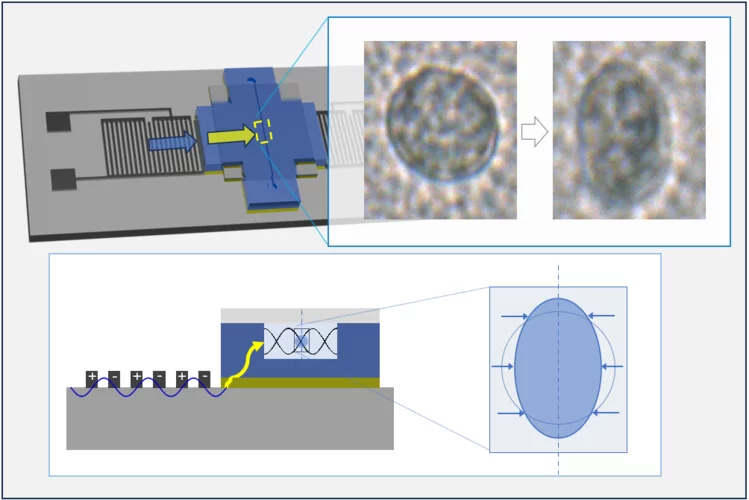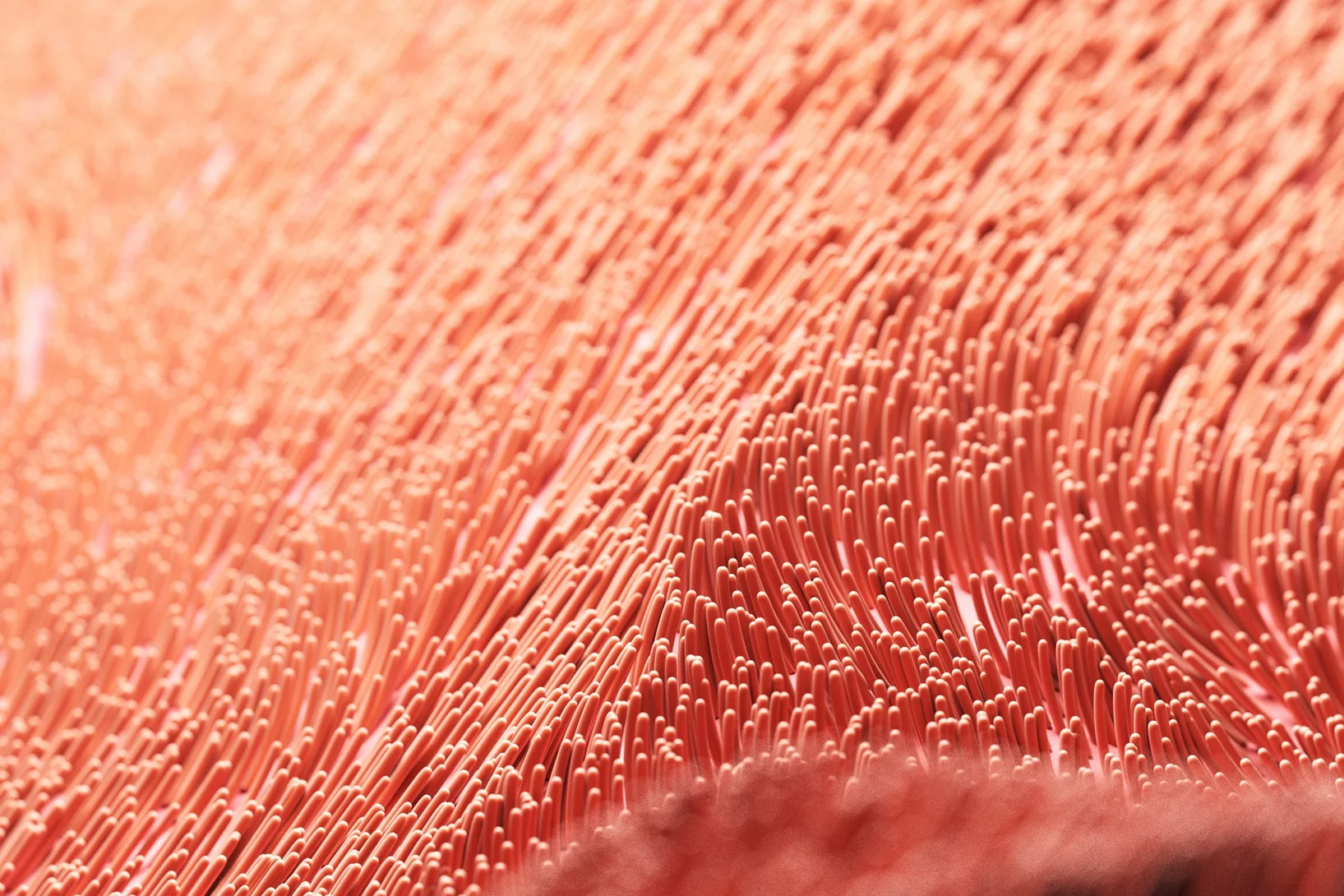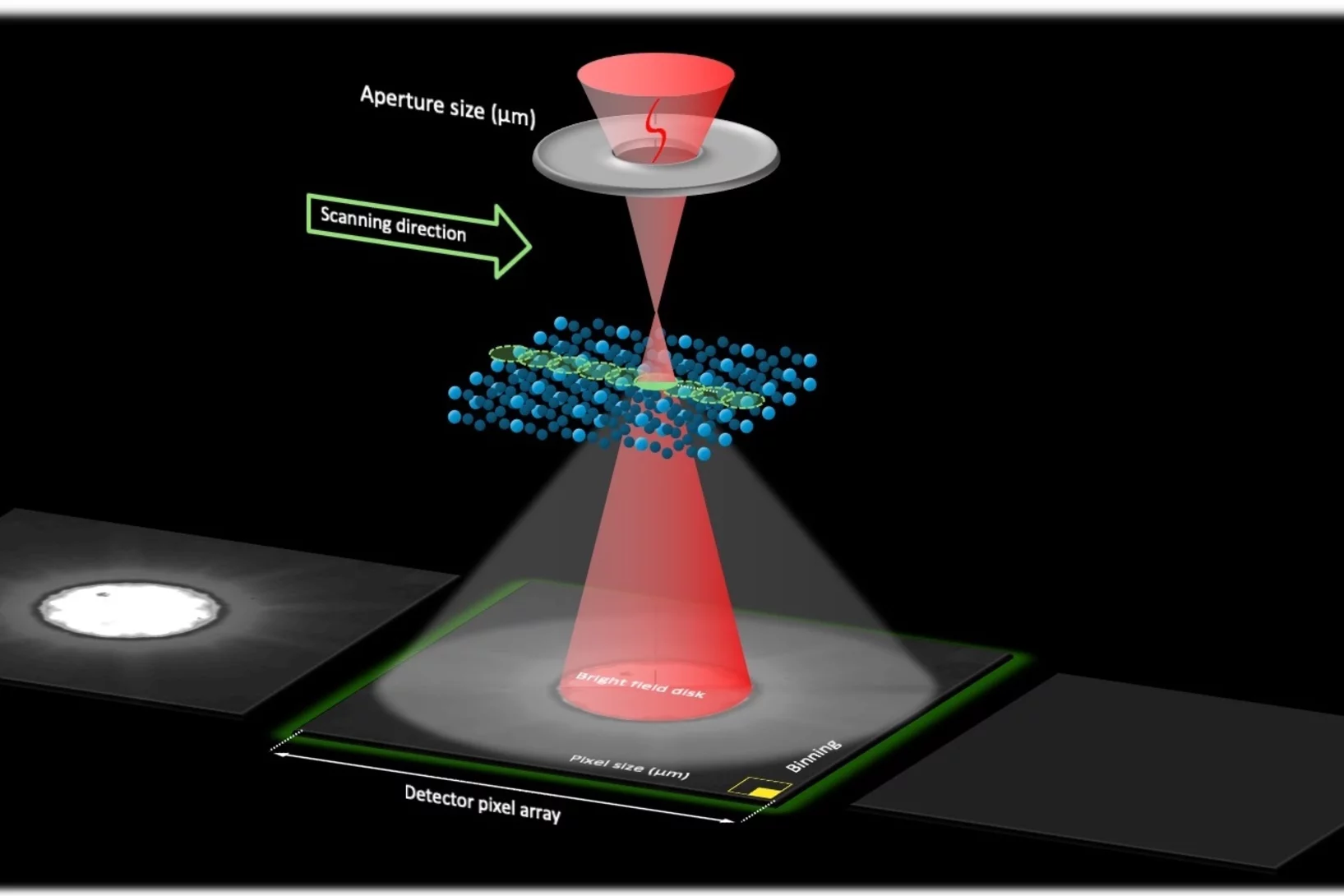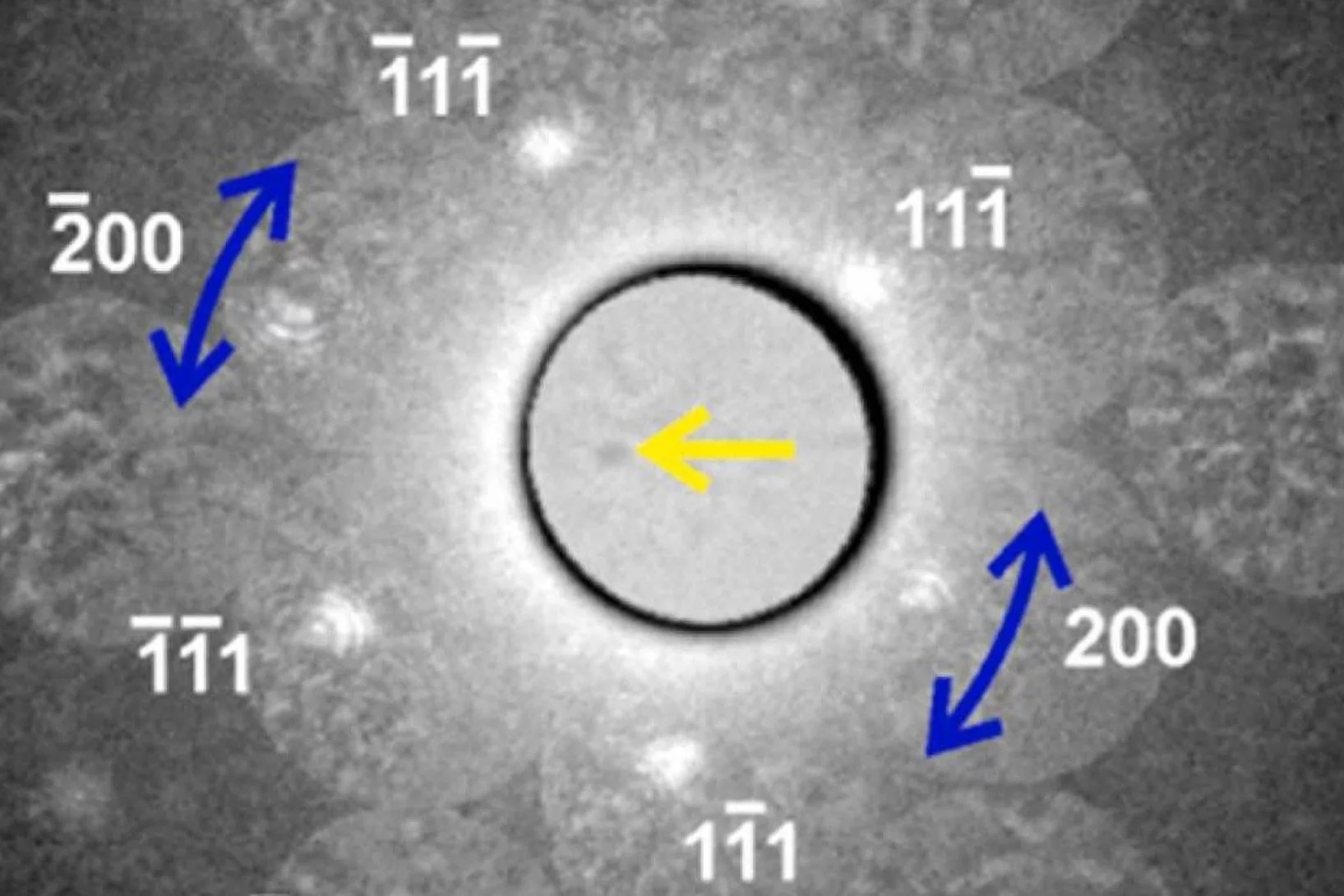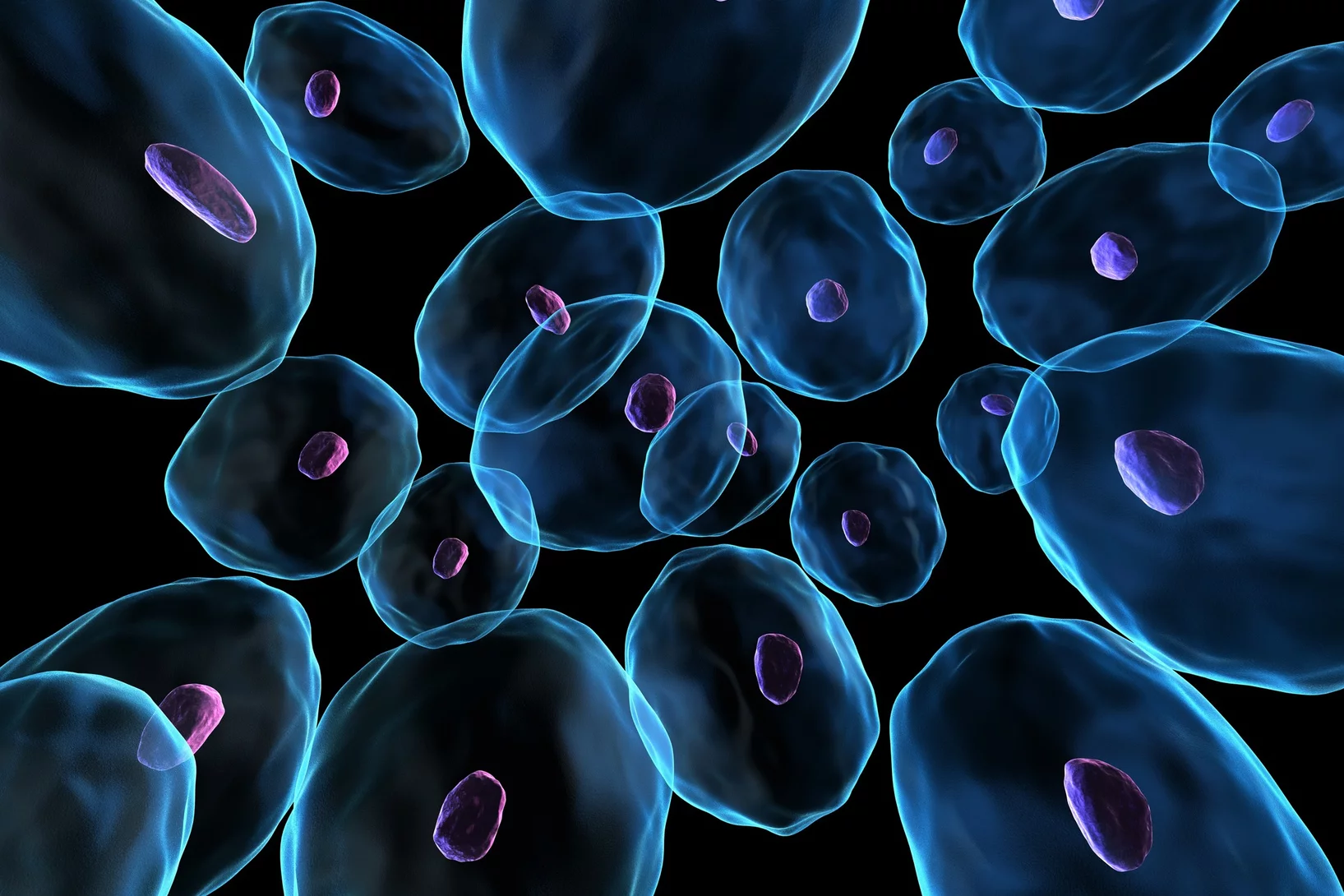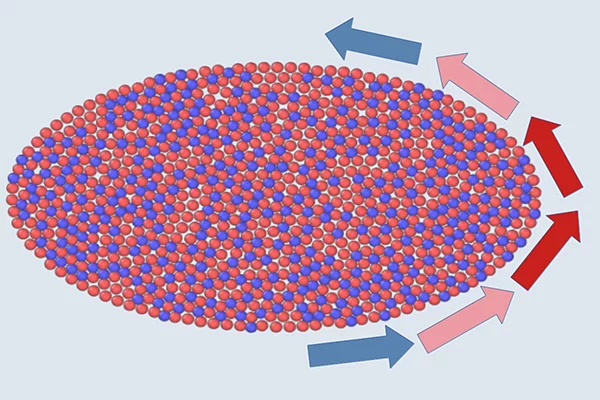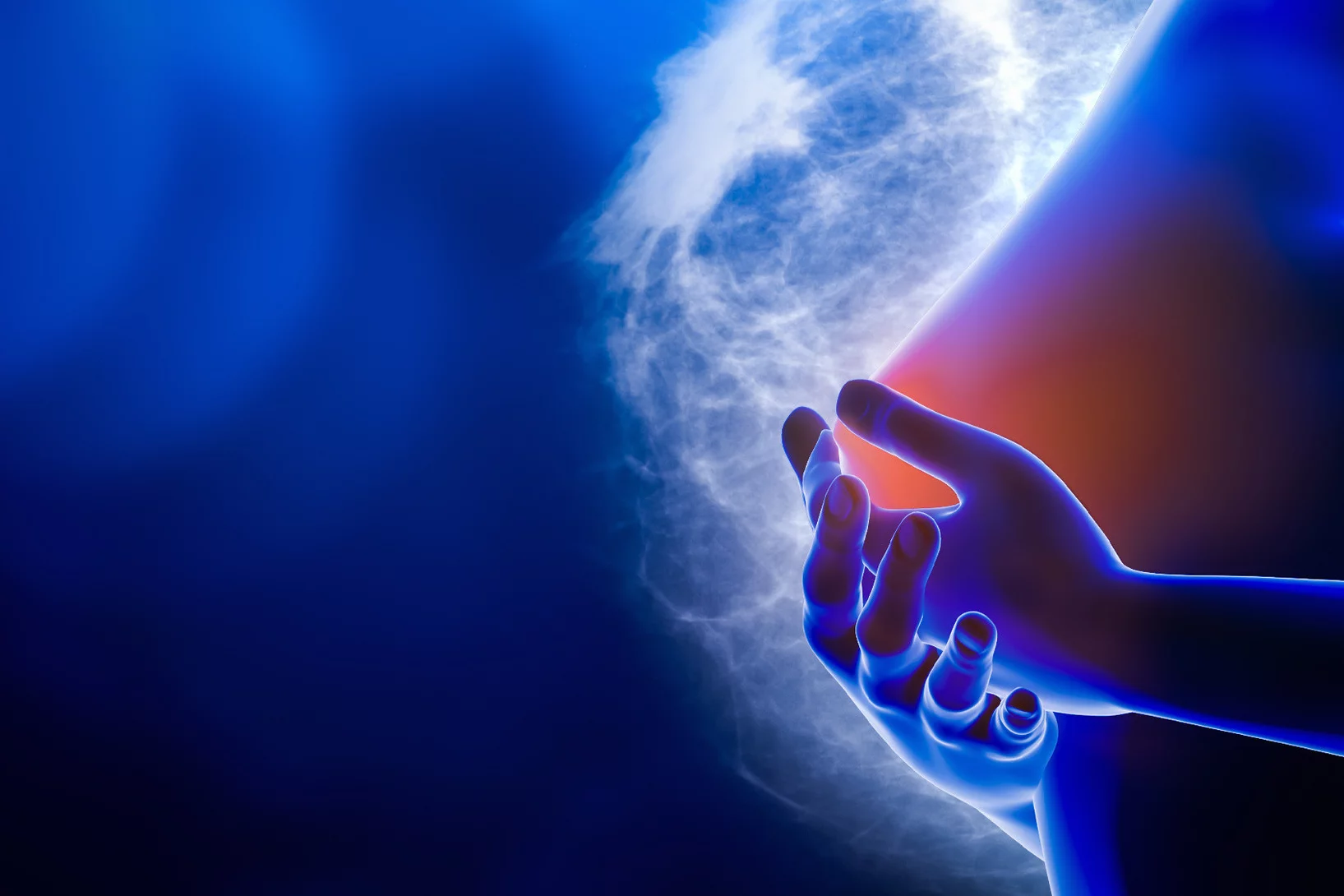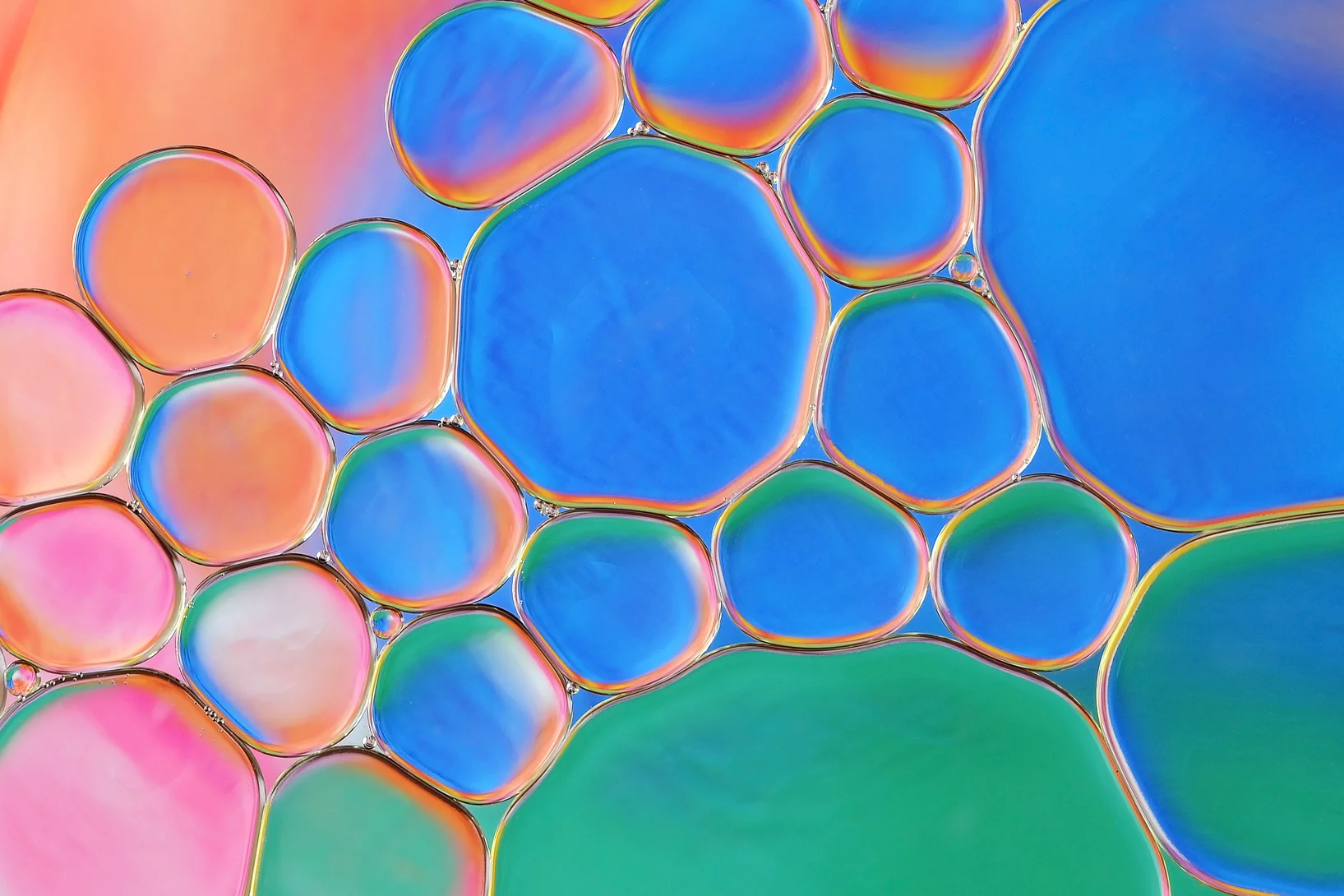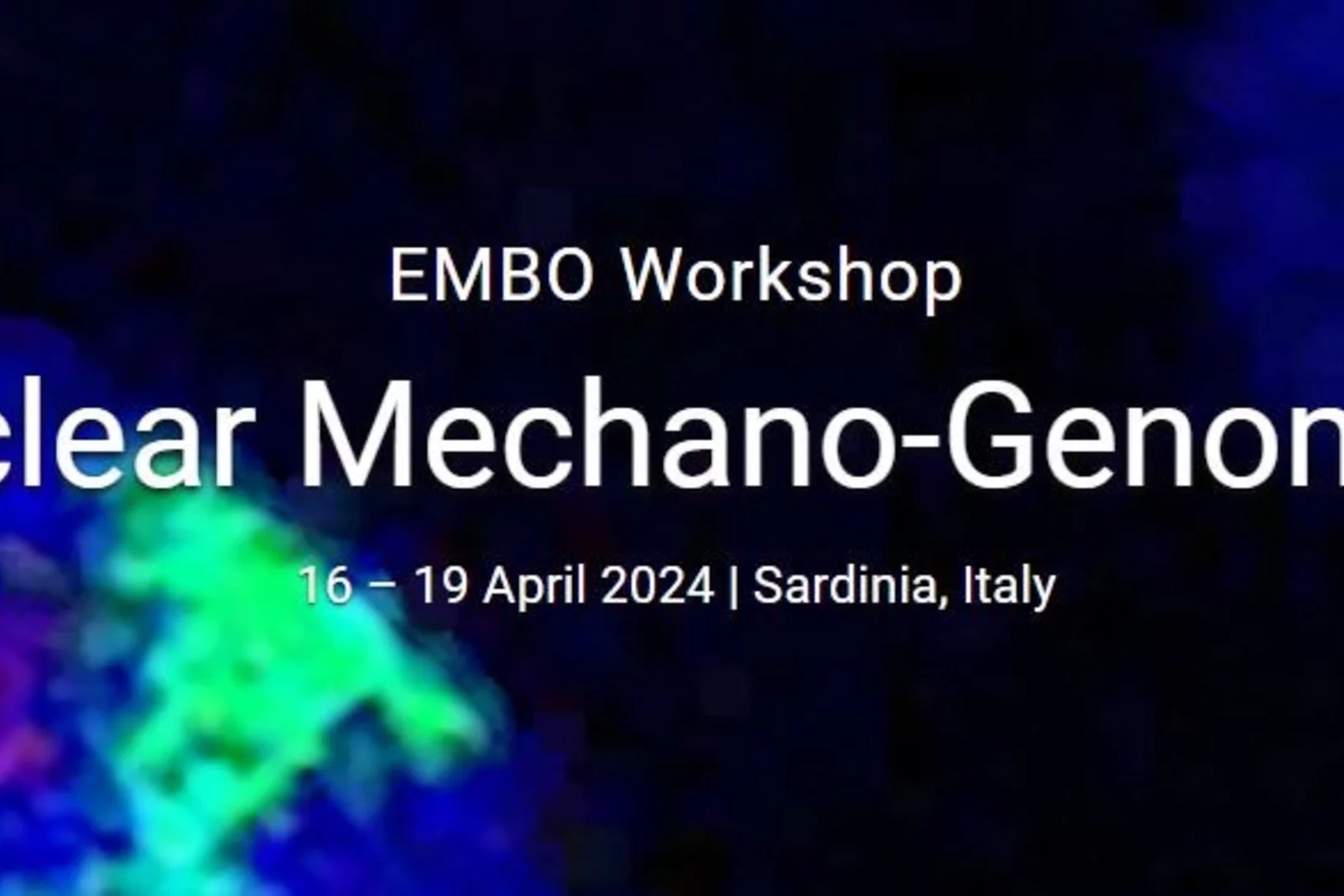Manipulating microscopic object with sound
Manipulating microscopic objects with sound: hybrid acoustic tweezers with strong acoustic field were developed and successfully applied for transient mechanical deformation and capturing of biological cells.
De nouvelles perspectives sur une maladie rare
Des scientifiques du PSI décryptent la manière dont certains défauts génétiques endommagent les cils vibratiles humains de différentes façons. C’est une étape vers l’amélioration du diagnostic d’une maladie encore mal comprise à ce jour: la dyskinésie ciliaire primitive.
Demystifying electron ptychography with the PtychoScopy tool
The open-source PtychoScopy tool guides users towards higher quality and faster electron ptychographic reconstructions.
Gold nanoparticle dynamics on graphene probed by convergent beam electron diffraction.
Dynamics of single Au nanoparticles on graphene were probed simultaneously in real- and diffraction space by time-series convergent beam electron diffraction.
Identifier les perturbations génétiques dans les images de cellules grâce à l’IA
Une nouvelle IA détecte les perturbations génétiques dans la chromatine: une approche possible pour le diagnostic et le développement de médicaments.
Dynamical transitions in dense packings
Biophysical modeling points to changes in collective dynamics under confinement as a key aspect of cell state transitions.
L’IA au service de la caractérisation du cancer du sein
Des scientifiques du PSI et du MIT ont développé une nouvelle approche qui combine imagerie et intelligence artificielle, dans le but d’améliorer la classification des différents stades du cancer du sein.
Protein droplets likely don’t cause Parkinson’s
Study deepens our understanding of neurodegenerative diseases linked to protein aggregation.
EMBO workshop on Nuclear Mechano-Genomics
The EMBO-workshop on Nuclear Mechano-Genomics taking place from April 16 to April 19, 2024 in Sardinia, Italy, was a great success.


